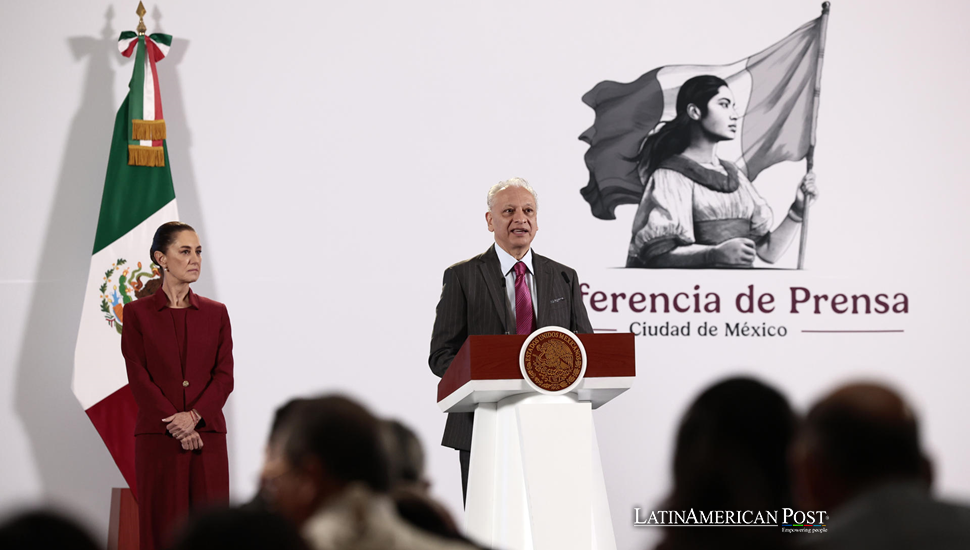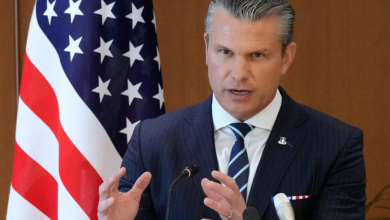Mexico Works Hard to Revive Pemex Despite Many Challenges

The government of Mexico is steadfast in its efforts to revive Pemex, the state-owned oil company. With a plan to pay off $7 billion in debt by 2025, this decision underscores Pemex’s crucial role in the Mexican economy and its significance in securing energy resources for the future. The task of reviving Pemex is indeed substantial, but the government’s commitment is unwavering.
Facing the Task of Pemex’s Revival
Pemex plays a key role in Mexico’s energy industry. Recently, however, it has faced more challenges and problems in its operations. To help, the government set aside 136 billion pesos (about $7 billion) to pay off its debts and other financial duties.
Improving Pemex’s financial health is not just a priority, but a necessity. This is crucial to avoid any negative impacts on Mexico’s deficit and to ensure Pemex’s continued influence in the country’s economic recovery plan.
Pemex needs help, even from the government. Oil production is dropping, and money support is small. Renewable energy is growing worldwide, making recovery hard for Pemex.
Austerity and an Updated Approach
Mexico’s budget plan for the 2024–2026 period reflects a 1% decrease in government spending. An 8% budget cut for Pemex reduced its spending to 460 billion pesos.
The government started the “Petroleum Prosperity Rights” program to increase oil production. This program also tackles Pemex’s rising debt by focusing on intelligent investments and improving things.
Pemex intends to produce 1,900,000 barrels of oil each day. They wish to meet their 2025 income targets with an average price of $59 per barrel. Steady production is crucial for financial security.
Balancing Responsibility with Energy Goals
President Claudia Sheinbaum’s budget plan highlights balancing Pemex’s needs with responsible financial choices. The proposal for total spending of 9.22 trillion pesos focuses on careful spending during uncertain economic times.
Sheinbaum views Pemex as vital to her economic growth strategy. She knows that financial support alone won’t suffice. The company needs operational efficiency, and production targets should also be met for survival in a tough energy market.
The government depends on Pemex’s ability to improve the nation’s economy by boosting oil production and exports. Achieving these aims requires careful planning, strong leadership, and strategic steps.
Sheinbaum sees Pemex as a key player in her economic growth strategy but acknowledges that financial support alone is insufficient. Operational efficiency and meeting production targets are essential for the company’s survival in a challenging energy market.
The government’s plan relies on Pemex’s skill to improve the country’s economy by increasing oil output and exports. Meeting these goals needs careful planning and solid leadership at Pemex. Strategic actions are necessary.
Is Pemex Prepared to Lead Mexico’s Revival?
Pemex’s future is uncertain and full of big challenges. The company faces heavy debt and lower production, and funding has also dropped, causing doubts about its future success.
The government helps relieve Pemex. Innovation and continuing with global energy changes are crucial for the company’s future. Exploring new energy options is crucial. Clean energy is becoming popular worldwide.
In 2025, Pemex’s success is crucial for Mexico’s economic strategy. Achieving success could stabilize national finances and restore public trust. Conversely, failures exacerbate economic issues and hinder future growth.
Mexico’s investment in Pemex shows faith in the company’s potential to revive the economy. The 2025 budget presents a golden chance to stabilize Pemex’s position in the energy sector. This comes despite serious hurdles.
Also read: Argentina’s Startup Boom Among G20 Economies Shines Bright
More than financial help, Pemex needs to innovate and adapt to contribute significantly to Mexico’s growth. Innovation is not just a choice but a necessity, and adaptability is crucial for Pemex’s long-term stability.





